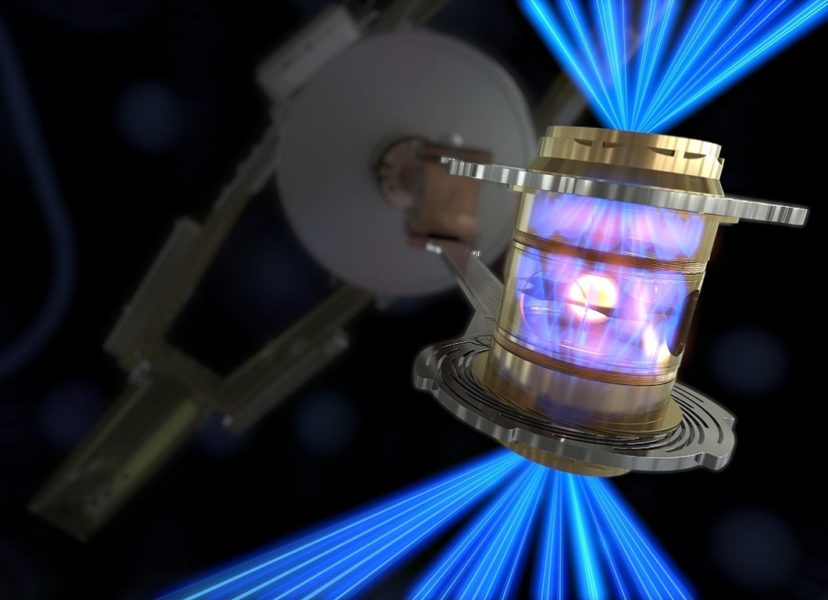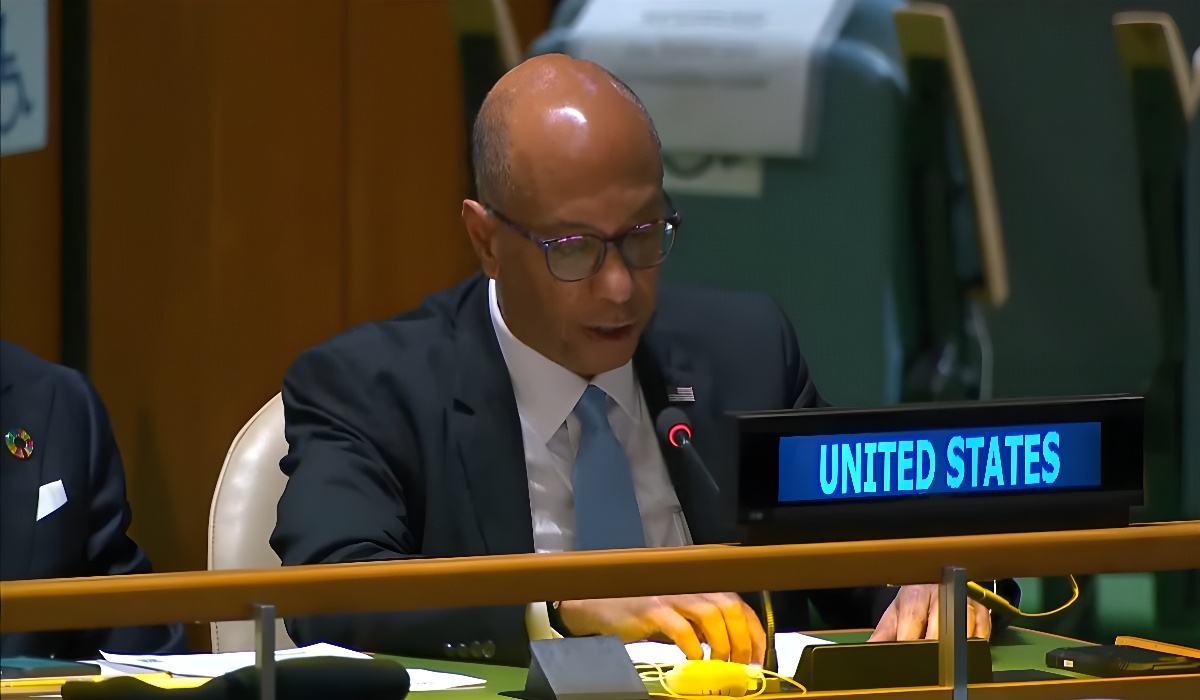U.S Scientists, Announce Nuclear Fusion Breakthrough
- TDS News
- Breaking News
- Science
- December 13, 2022

Nuclear fusion is considered the holy grail of energy if it can be successfully harnessed and commercially distributed
On Tuesday, the U.S. Energy Department announced that its scientists had successfully engineered a nuclear fusion reaction that produces more power than it consumes. It marked a milestone achievement in a decades-long quest to find a clean, waste-free way to produce nuclear power.
The major scientific advance was made at Lawrence Livermore National Laboratory, one of several sites around the world where researchers have been trying to develop the feasibility of harnessing the power of nuclear fusion. Scientists at the federal facility created more energy from nuclear fusion reactions than they used to begin the process, Energy Secretary Jennifer Granholm confirmed on Tuesday.
The so-called net energy gain is a milestone in the decades-long effort to extract clean, unlimited power from nuclear fusion — a reaction that occurs when two or more atoms fuse together.
In achieving this milestone, Lawrence Livermore National Laboratory’s National Ignition Facility (NIF) conducted the first controlled fusion experiment in history on Dec. 5, also called achieving the energy breakthrough of science. According to the press release, the fusion process produced more energy than the laser energy used to power it.
The results, which are still unreleased by the government, said a fusion experiment at the federal nuclear weapons site had achieved a state known as ignition, in which the energy produced by the fusion is equal to the laser energy used to trigger the reaction. Its National Ignition Facility became the closest in the world to reaching a net gain of energy from fusion last year, producing 1.37 megajoules from the reaction, the laboratory said, about 70% the energy from the lasers that were used in that case. [Sources: 3, 6, 9]
To produce a net energy gain requires harnessing one of the largest lasers in the world, and the resources needed to replicate a reaction at the scale needed to make fusion practical for power generation are enormous.
While clean energy is decades, if not a century, away today, a significant step was taken toward saving the planet and ensuring a brighter tomorrow for future generations.
Image source Lawrence Livermore National Laboratory’s National








